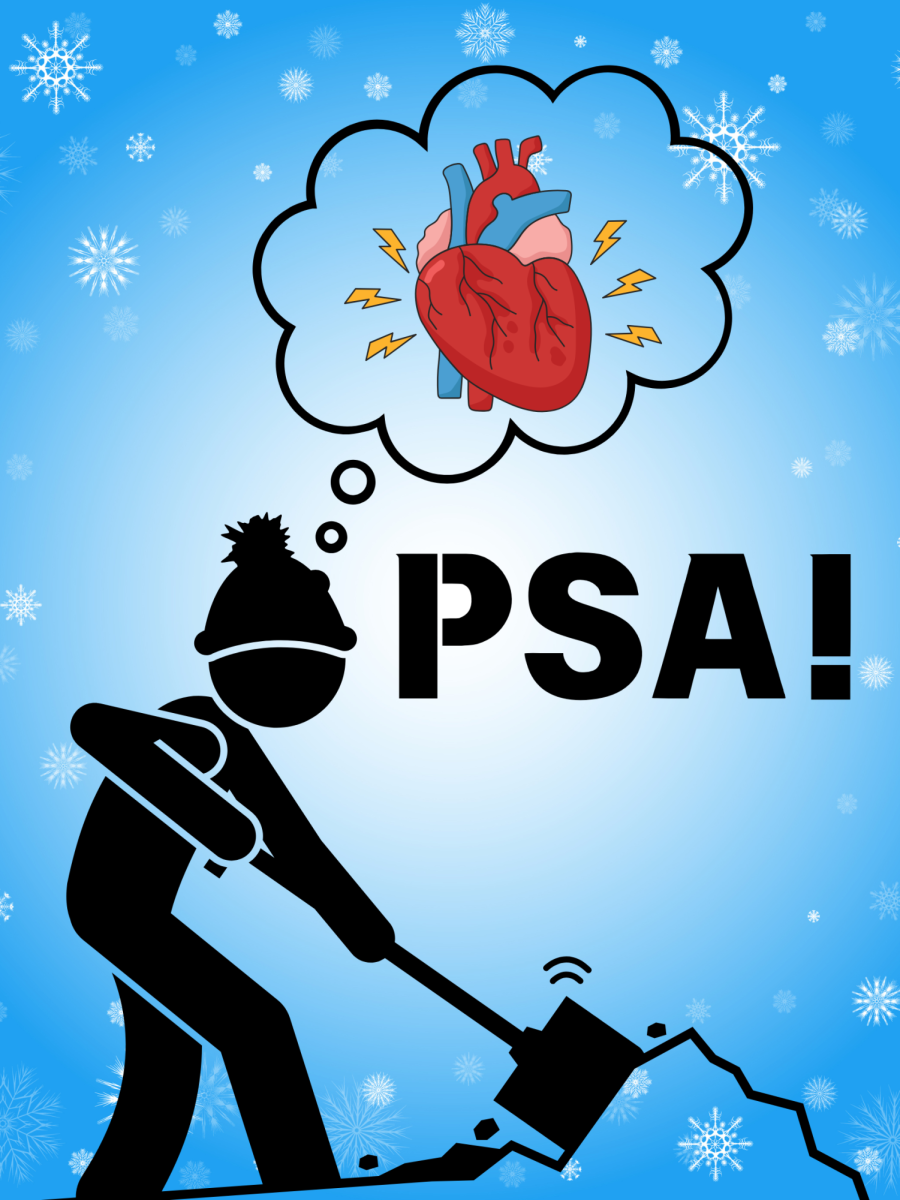Picture this: A 60-year-old dad, still groggy from sleep, drags himself out of bed and stumbles toward the kitchen. He pours himself a hot cup of coffee, hoping it will shake off the lingering fog of sleep. As he takes his first sip, he glances out the window, only to see 7 inches of snow covering the driveway. Despite having seen the forecast the day before, it never fails to irritate him. With a sigh, he reluctantly pulls on his heaviest coat, snow pants, hat, and gloves, preparing himself for the task ahead.
As he shovels the third heavy load of snow, a sudden, intense pressure grips his chest. Breathing becomes labored, and within seconds everything goes black. His body goes limp and he hits the ground with a thud. In the span of moments, he has suffered a heart attack.
Not only are roughly 195,000 injuries treated yearly in the emergency room because of shoveling incidents, but according to the American Journal of Emergency Medicine, 6.7% of those injuries are cardiac-related, including all 1,647 deaths. Although many don’t realize it, shoveling can, and has proven to be, a dangerous activity.
As stated by the American Heart Association, shoveling places extra stress on the heart, especially for those who aren’t used to regular exercise. In fact, many scientific research studies have identified the dangers of snow shoveling for people both with and without previously known heart disease, showing that shoveling can be risky for all. One of the leading experts on the cardiovascular risks of snow shoveling, Barry Franklin, Ph.D., FAHA, explained, “Cold temperatures may increase blood pressure while simultaneously constricting the coronary arteries. Those factors, combined with the higher heart rate from the extra physical effort, may increase the risk for acute cardiac events.”
Research has also shown that shoveling can be just as or even more demanding on the heart than taking a treadmill stress test. In a study examining the effects of shoveling, participants’ heart rates exceeded 85% of their maximum heart rate after only two minutes of snow shoveling, a level typically expected during intense aerobic exercise testing.
Needless to say, it is incredibly important to take precautions when snow in order to avoid incidents like a heart attack, now more than ever as we are in the midst of a cold winter.
Here are the 4 most helpful recommendations:
- Avoid shoveling first thing in the morning, as heart attacks are more likely to occur during this time when blood is more prone to clotting.
- Warm up before shoveling by taking a few minutes to stretch, move around, and get your blood circulating.
- Dress in layers to stay warm, especially covering your hands, head, and mouth. Using a scarf to cover your mouth will help you breathe in warmer air and reduce the risk of respiratory issues.
- Shovel in intervals. If you need a break, take one. Taking short 15-minute breaks can ease the strain on your heart.
Although it is highly unlikely that a teenager experiences a heart attack, it is essential to not only stay active year round, ideally exercising for 30 minutes daily in order to prevent that from happening, but also to be able to recognize a heart attack in an older family member or friend. Those signs include aching chest pain, discomfort in the upper body, shortness of breath, and feeling unusually tired or lightheaded.
Next time you’re shoveling snow, remember that it’s more than just a chore, it’s a workout that can stress your heart. To stay safe, warm up first, pace yourself, and take breaks when needed. Dress in layers and keep an eye out for any signs of discomfort. By taking these simple steps, you can help protect your heart while doing seemingly simple things like clearing your driveway. Stay safe and take care of yourself this winter.









